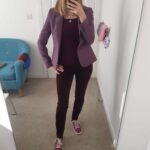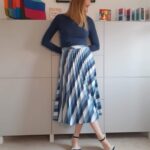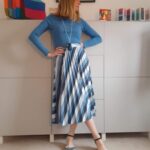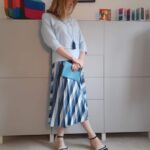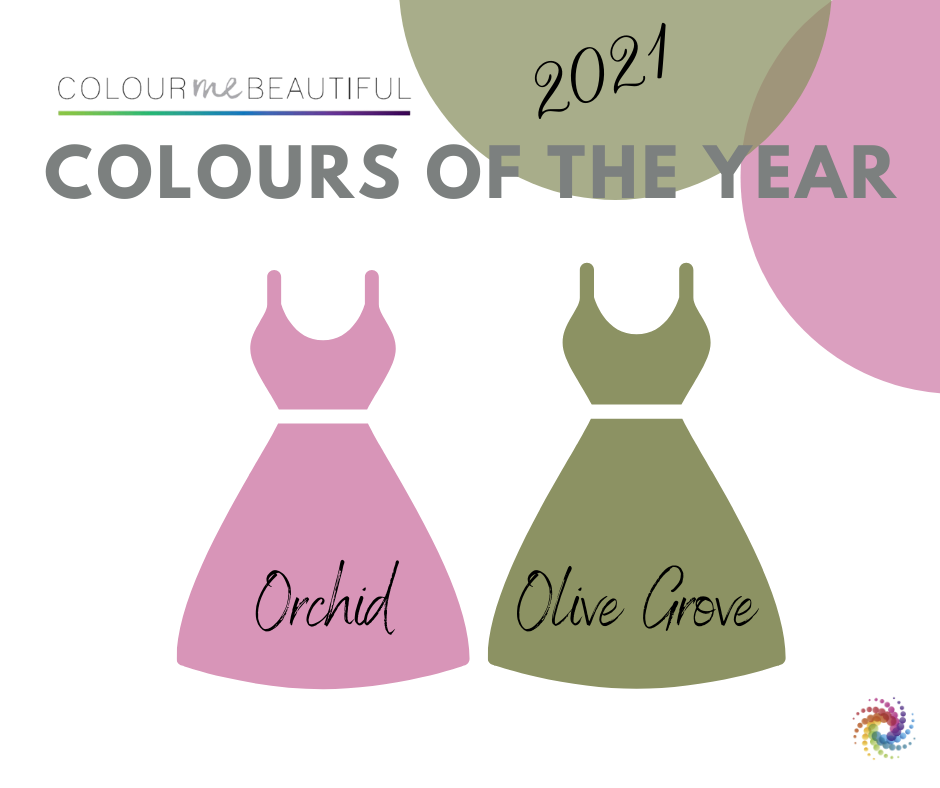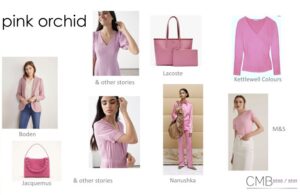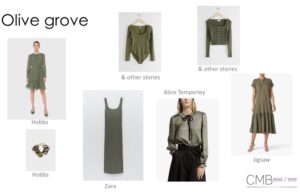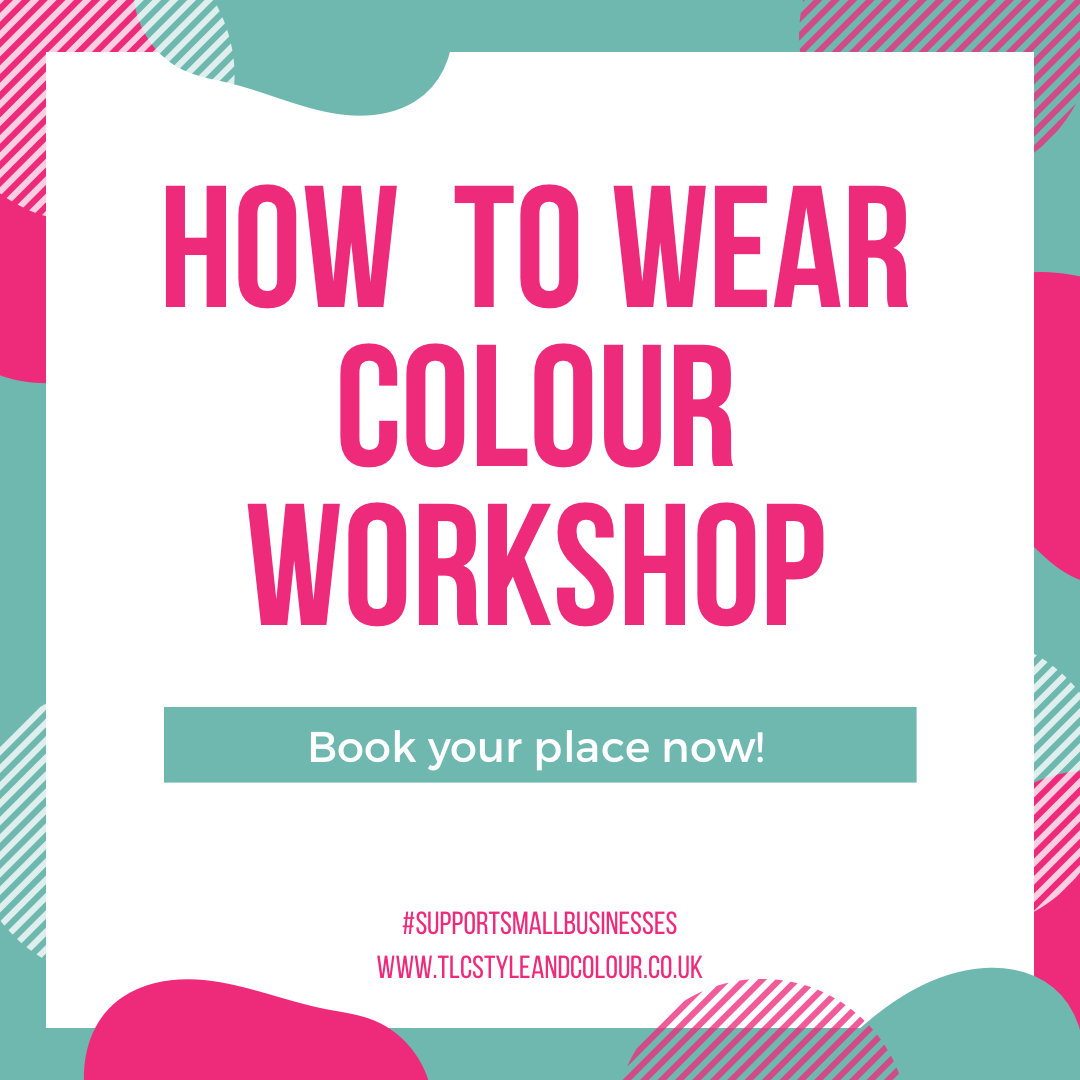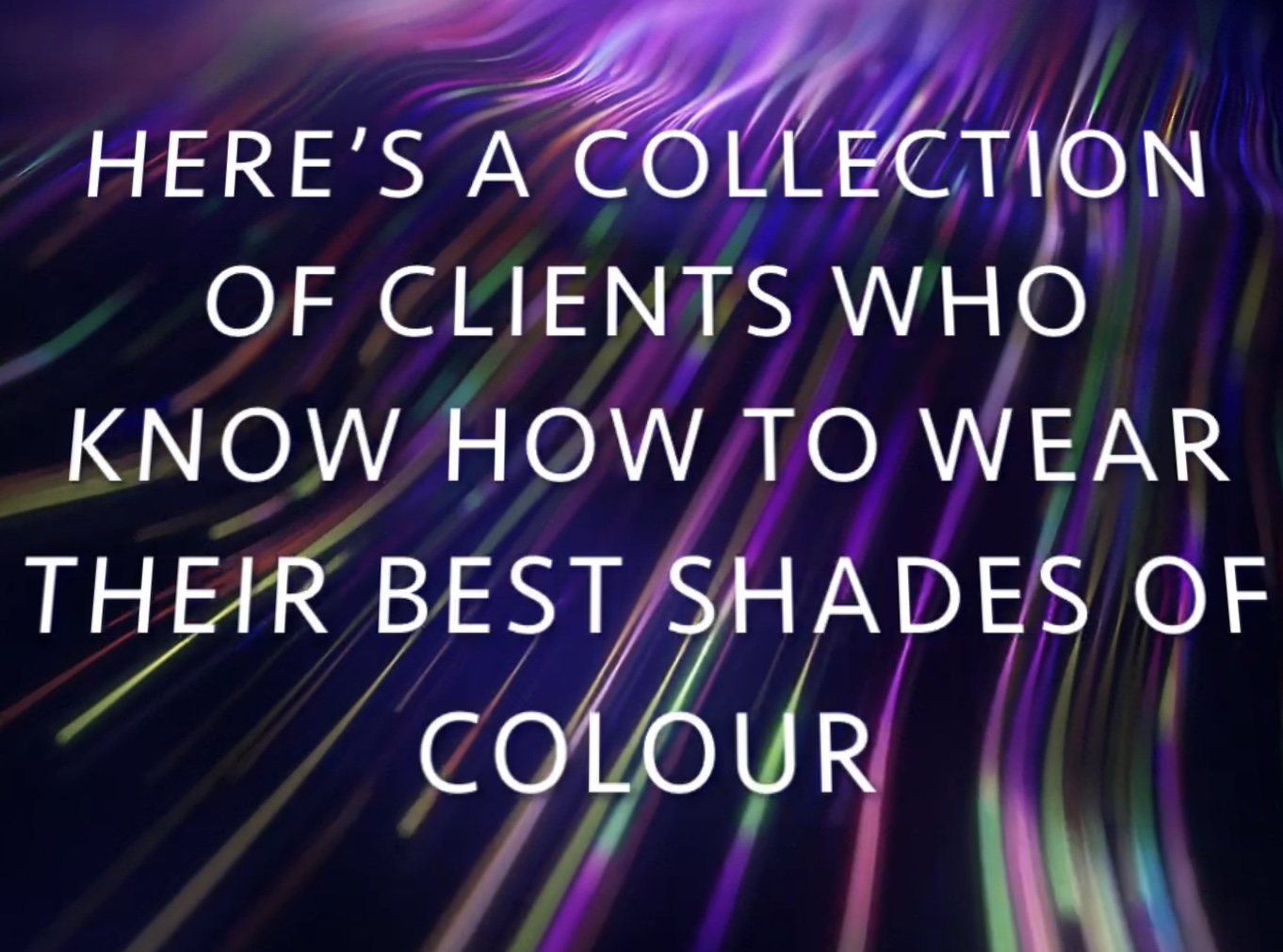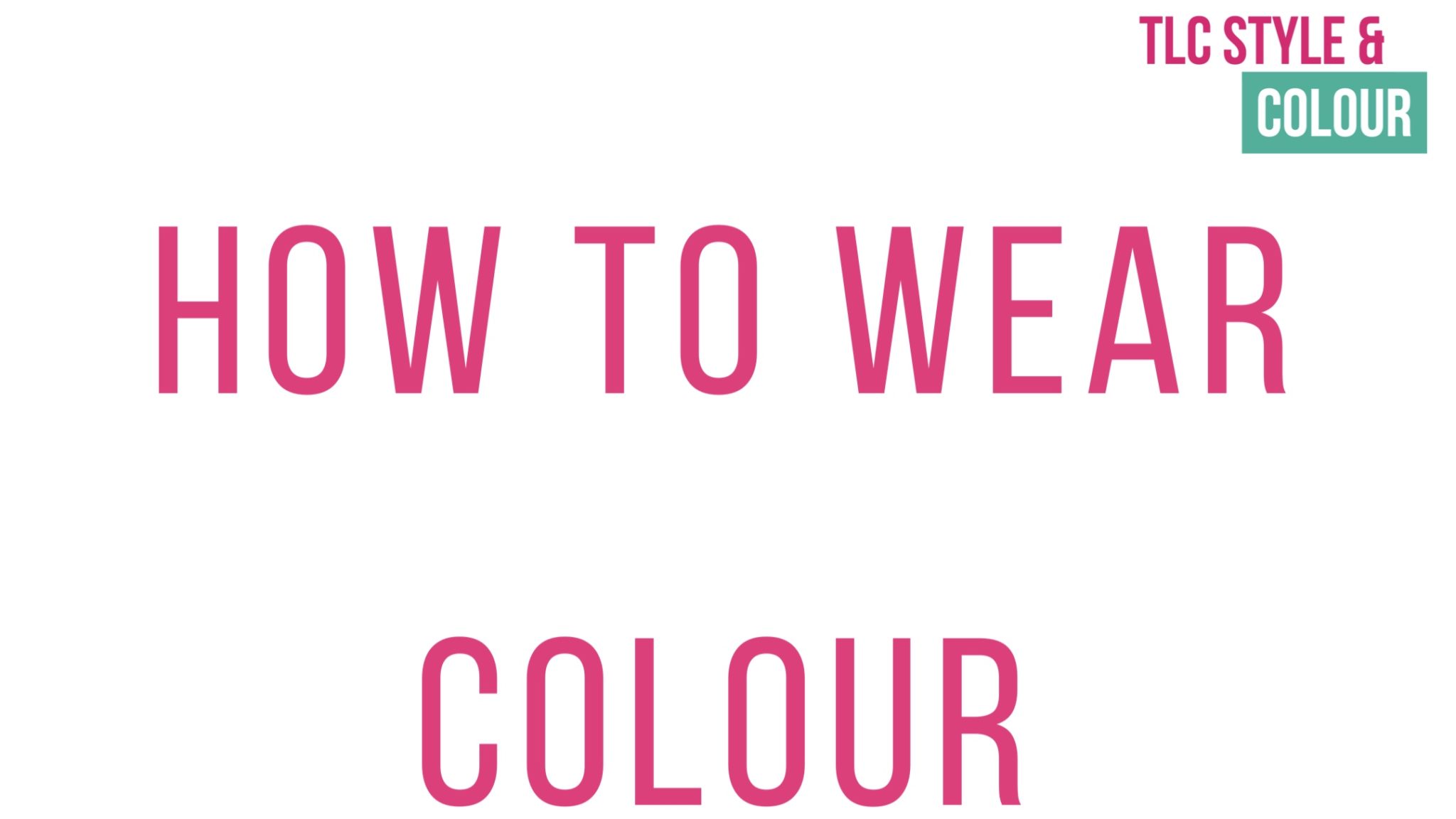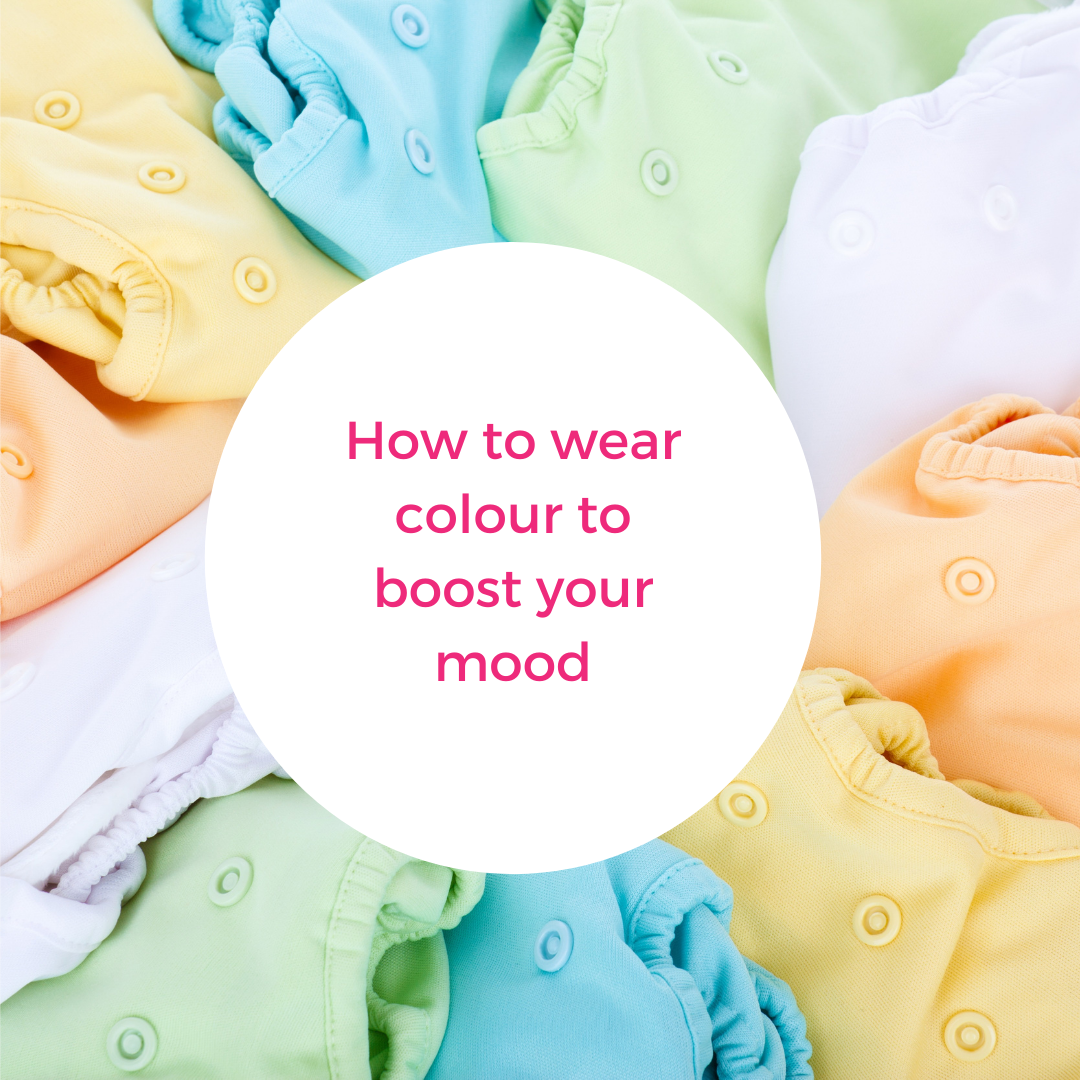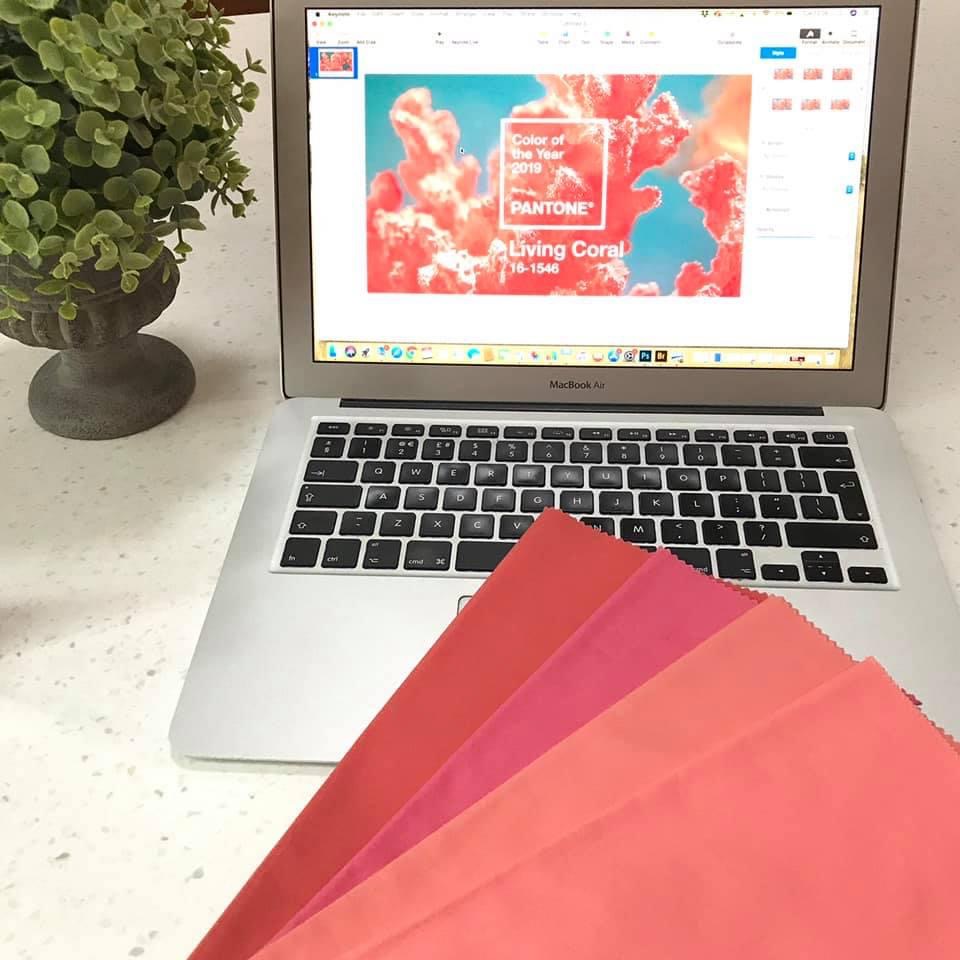To help inspire you with your own wardrobe, I’ve launched a new ‘How to Wear Colour’ series, in which I’m sharing how I wear my colours.
If you’ve struggled to wear white without looking washed out, or you’re a Wimbledon fan, this one is for you!
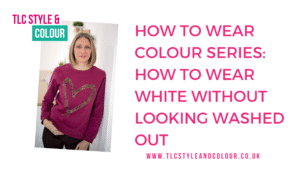 The first episode of the series is available now – watch it here: https://youtu.be/FRWq4GqB7UI
The first episode of the series is available now – watch it here: https://youtu.be/FRWq4GqB7UI
Whether you love to wear colour, or you’re simply looking for some outfit inspiration, you’ll find tips from me to give you confidence in your colour choices. After all – everyone really can wear every colour, but getting the right shade which compliments your features and brightens your skin tone is the difference between looking like you need a blood transfusion, and looking fabulous!
Versions of white
White can look so simple, clean and elegant, but can be surprisingly tricky to get right!
July often means the start of the summer holidays for many, so it’s a great time to start with white. But, if you’re honest, you may only feel you look good in white when you have some glow to your features. After all, who doesn’t reach for white in the summer to show off their tan??
White has no other colour mixed in with it and it has no depth at all. It’s the lightest colour according to the Munsell colour theory and scale. Because it’s the lightest colour, it also reflects rather than absorbs any light, making it the lightest shade you can wear. For this reason, when it comes to wearing white, the purest of the whites will not suit everyone’s characteristics the same.
The best version of white for me is a softer white. It’s less harsh, pure or stark, especially when I’m wearing it close to my face. As very few people can successfully wear a bright white, a soft white, or off-white shade can be much more flattering.
Tips on wearing white
One of my tricks is to wear white in a pattern — it breaks up the colour and will often appear to soften the overall impact. This can be particularly helpful if the shade isn’t your most flattering version. Combining colours together, whether in a pattern or with garments in a colour-blocking way, can be a clever trick to appear more flattering.
Opting for accessories like a pair of white sandals or a bag can be a much easier way to wear white. Don’t be afraid to experiment with your accessories – they can be more forgiving with colour!
Consider the fabric – shiny fabrics like satin and silk will reflect the light and make the white appear brighter. Matte fabrics such as linen or cotton will absorb the light reducing the brightness of the colour.
Remember that your most flattering version of white could be a softer shade like mine. Those with a more golden skin tone, may find that cream is easier to wear. A brighter white may suit you better if you have high contrast or definition between your features.
How I wear white
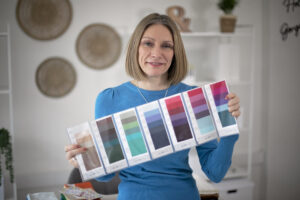
My set of swatches
As I mentioned, my best shade of white is a softer white. I rarely wear all-white because I feel more washed-out with my paler skin tone. I gave up on white jeans and trousers many years ago – I’m just too clumsy and they don’t stay white for long!
Head on over to socials (Instagram and Facebook) to see how I wear the whites in my wardrobe and don’t forget to watch the video on YouTube: https://youtu.be/FRWq4GqB7UI.
Your best whites
Do you know your best shade of white and how to wear it?
Take a look at the whites inside your wardrobe – are you wearing them? Feeling that they look a bit ‘off’ is often a good indicator that it isn’t quite right for you. Combining it with another colour could help, but if you can’t make it work, it may not be your best shade of white.
Your physical features (hair colour, eye colour and skin tone) are assessed in my Colour Analysis Consultations to find your most flattering shades and how to wear them confidently in your clothes, makeup and accessories. So, if you’re not sure – get clarity by booking your session.

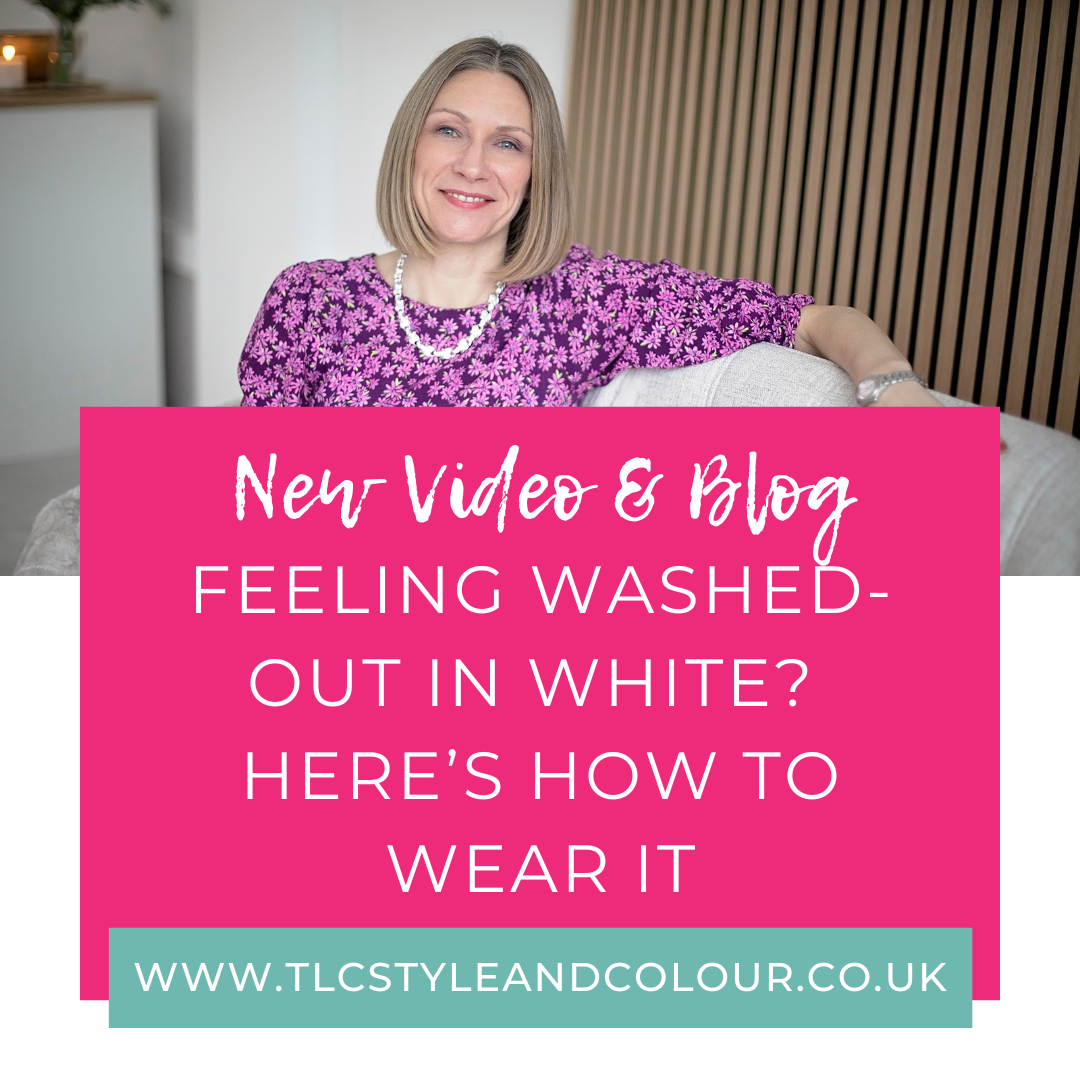
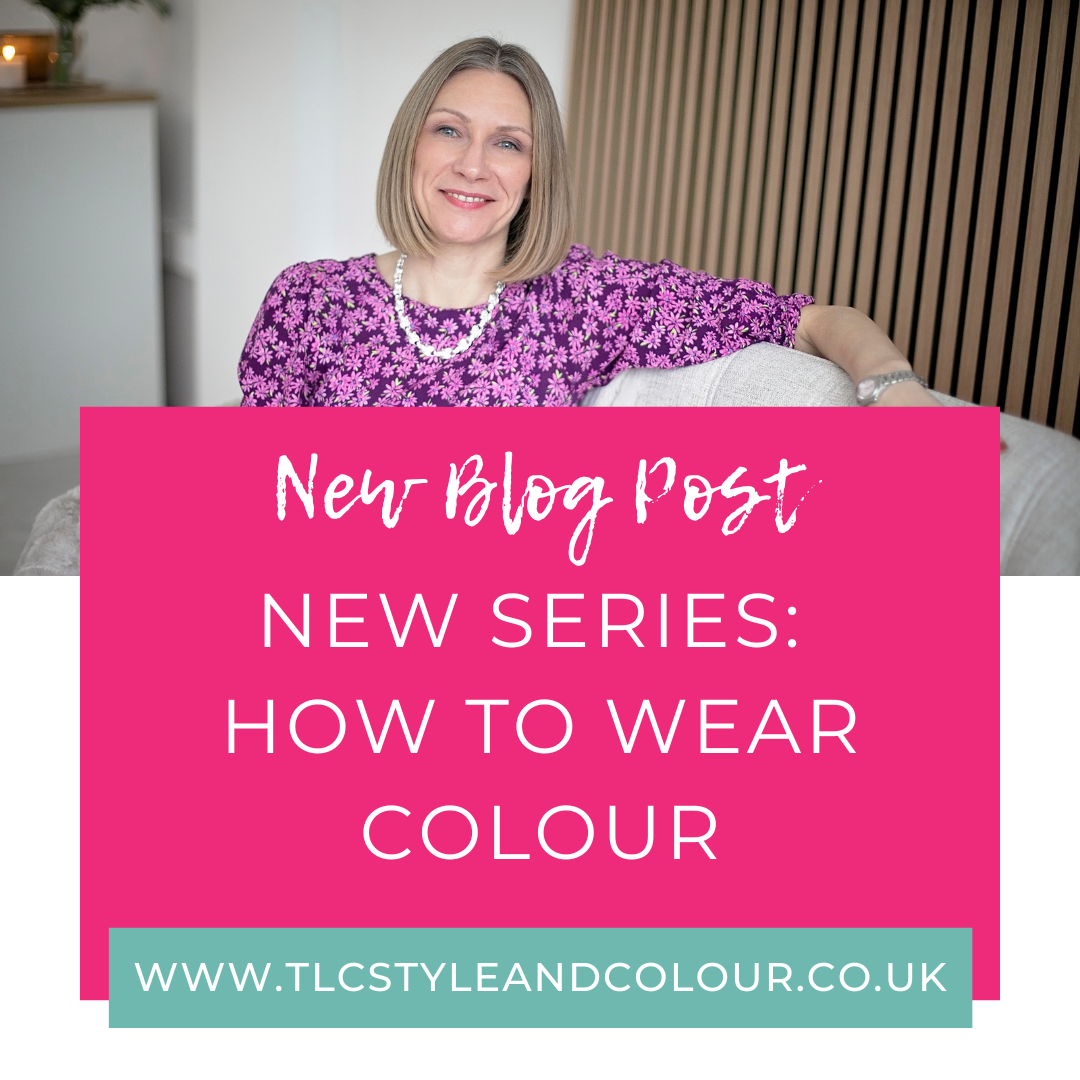
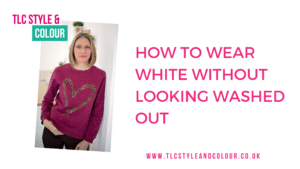
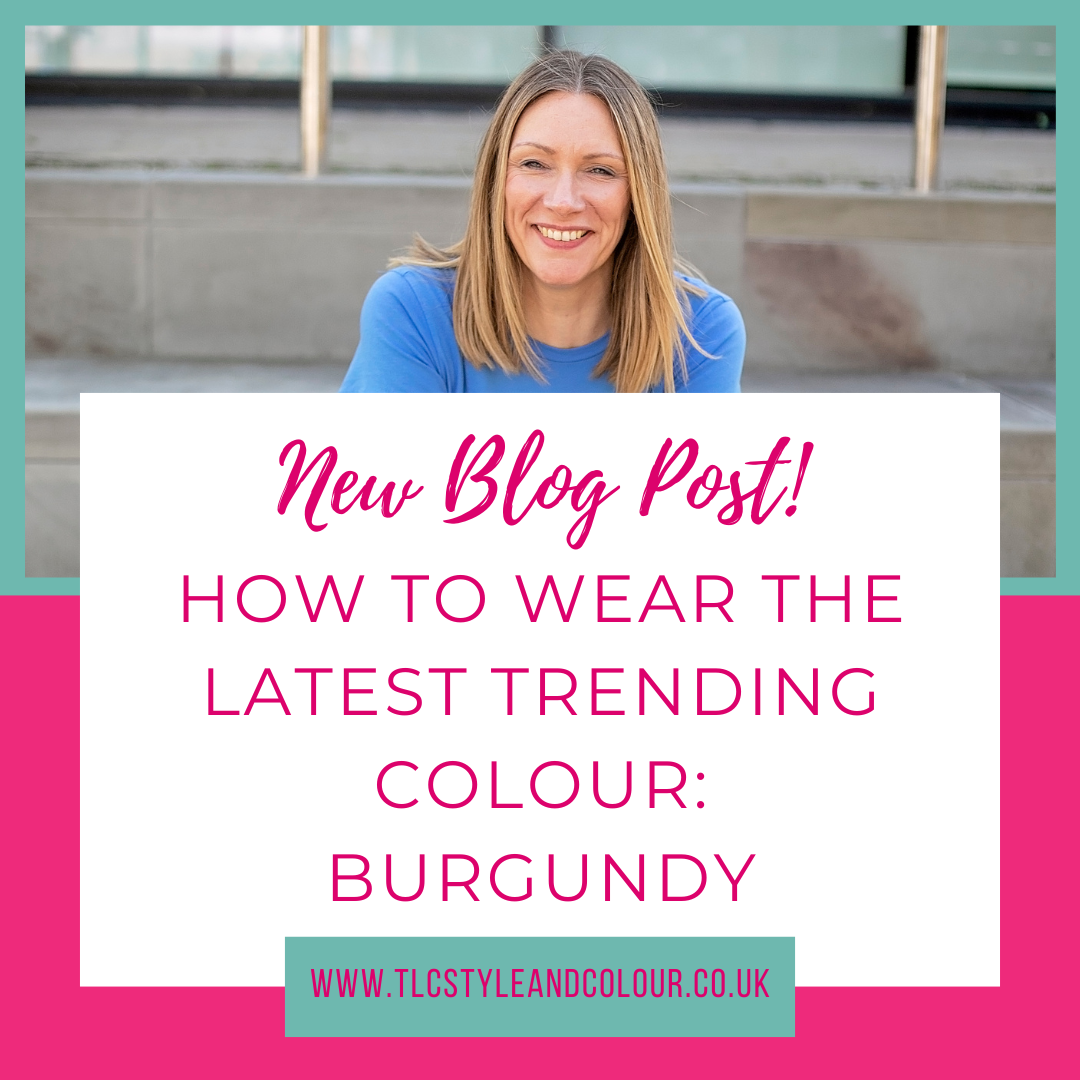
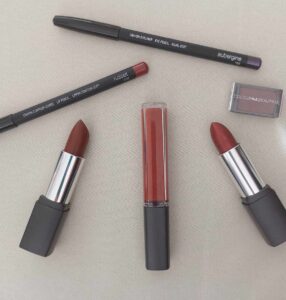
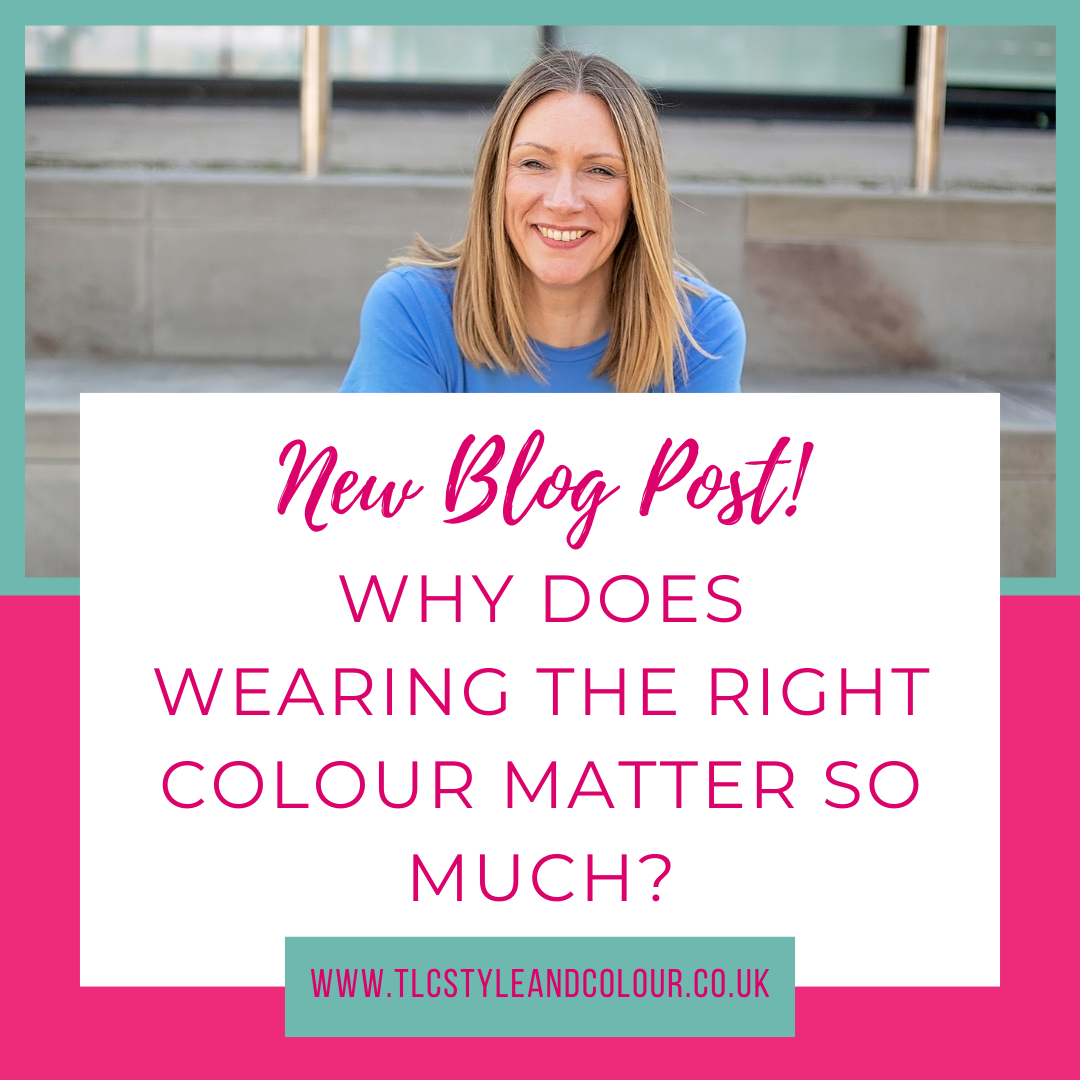
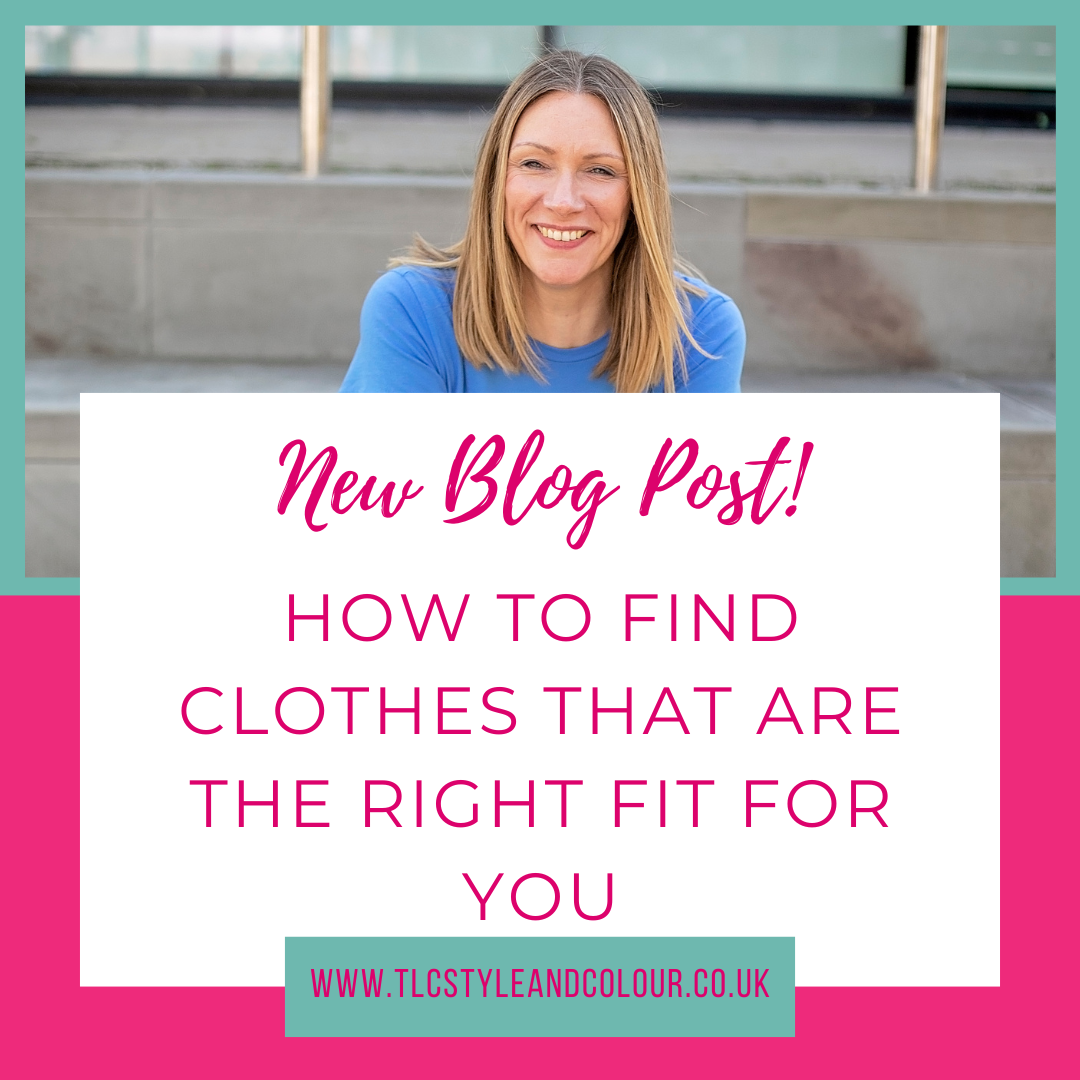
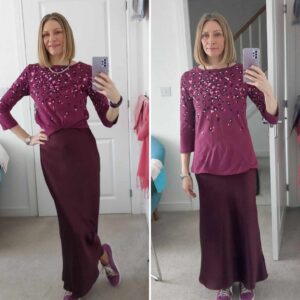 Don’t forget the finer details like sleeves and necklines. A high neckline when you’ve a large bust will enhance the area. You’ll find a lower neckline (like a v-neck), will break up the colour and be more flattering. Sleeve lengths and shoulder seams can be corrective; like a ruffle sleeve when you’ve got small and narrow shoulders. On the other hand, they can enhance the area if you’re broader with wider shoulders by merely extending the shoulder line out, visually speaking.
Don’t forget the finer details like sleeves and necklines. A high neckline when you’ve a large bust will enhance the area. You’ll find a lower neckline (like a v-neck), will break up the colour and be more flattering. Sleeve lengths and shoulder seams can be corrective; like a ruffle sleeve when you’ve got small and narrow shoulders. On the other hand, they can enhance the area if you’re broader with wider shoulders by merely extending the shoulder line out, visually speaking.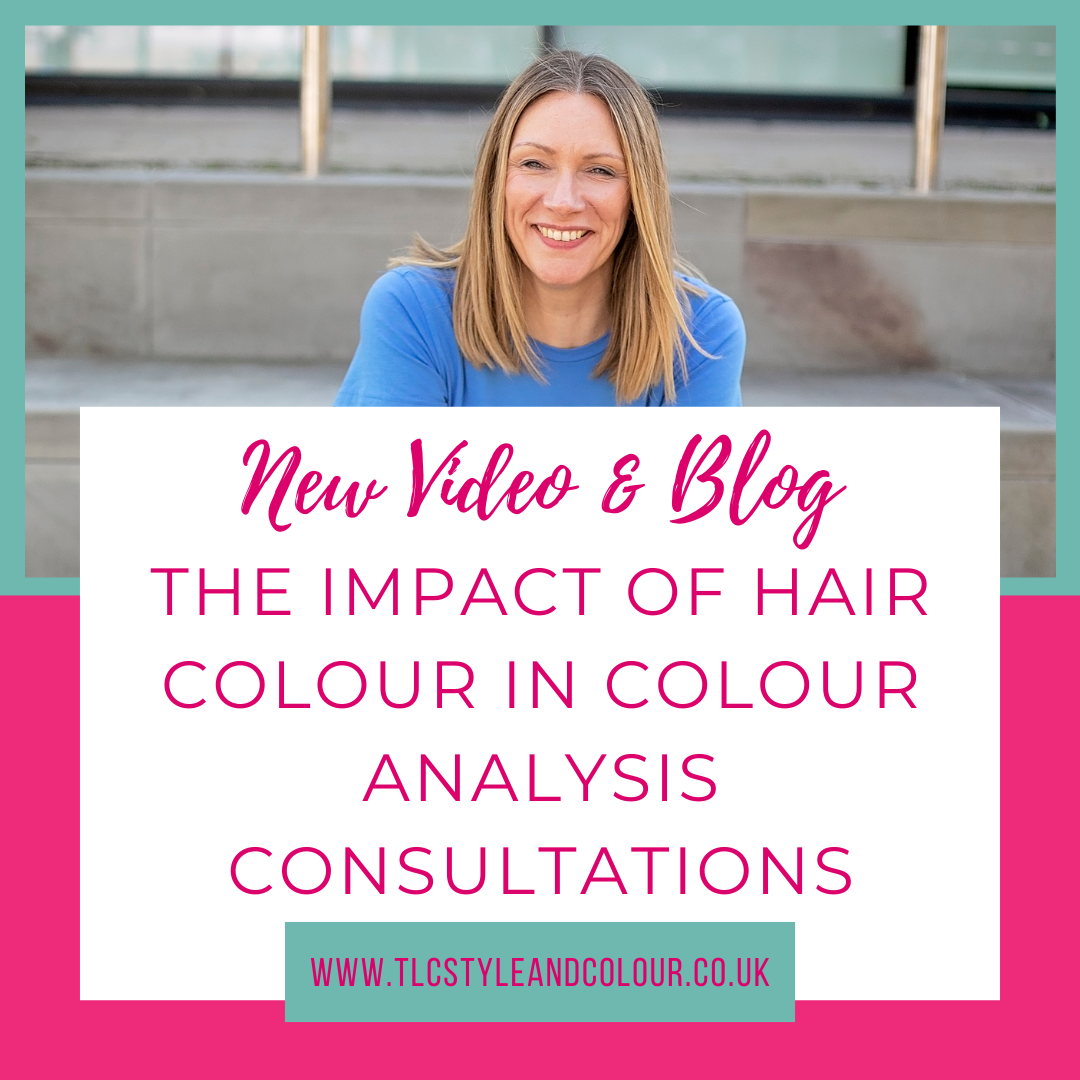
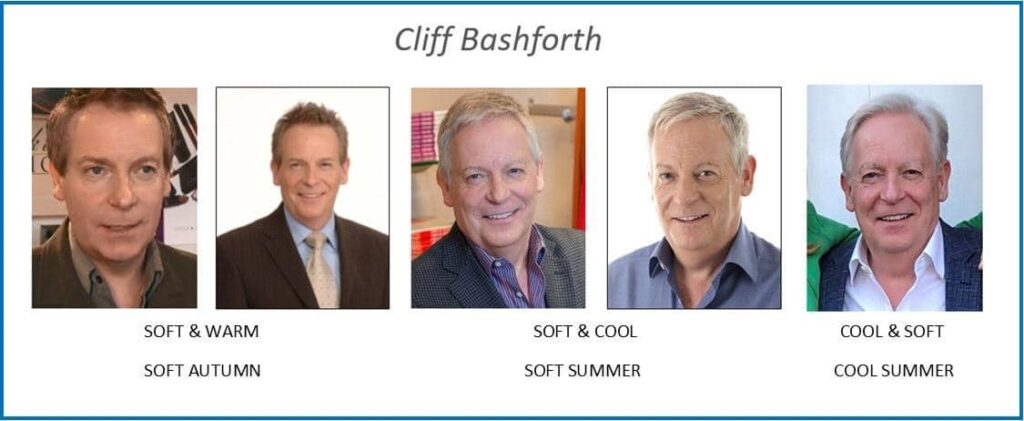
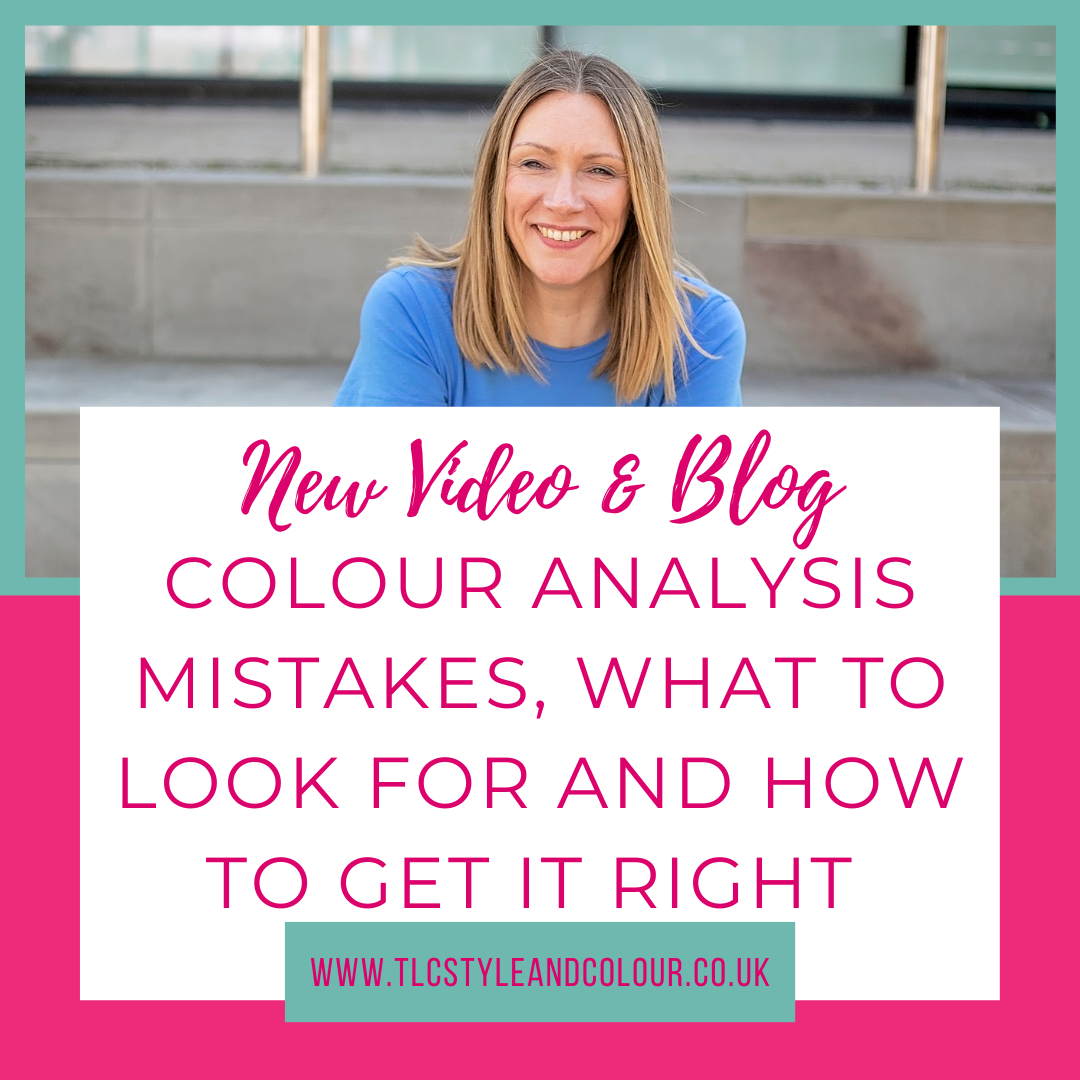
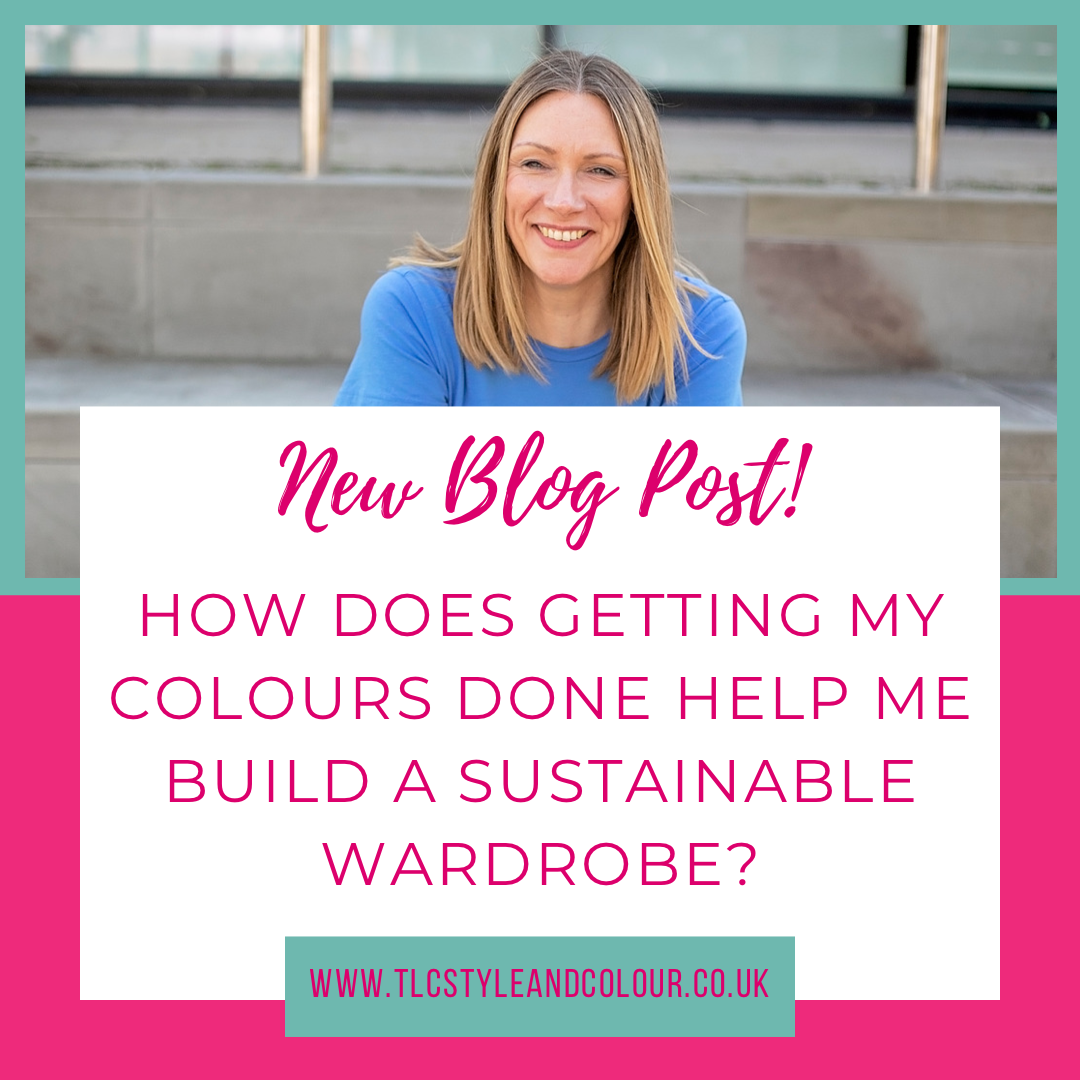
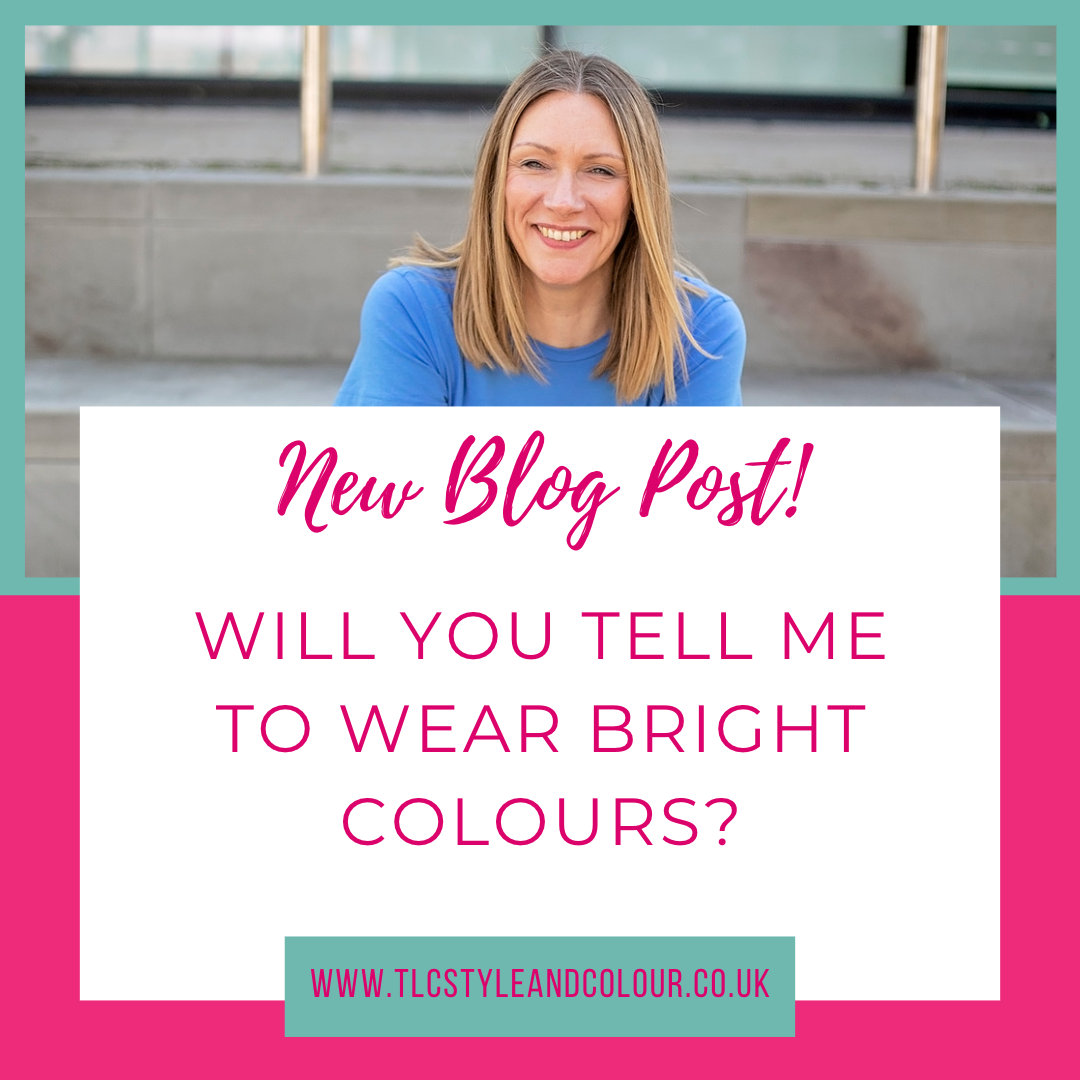
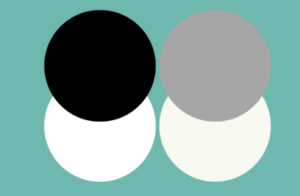
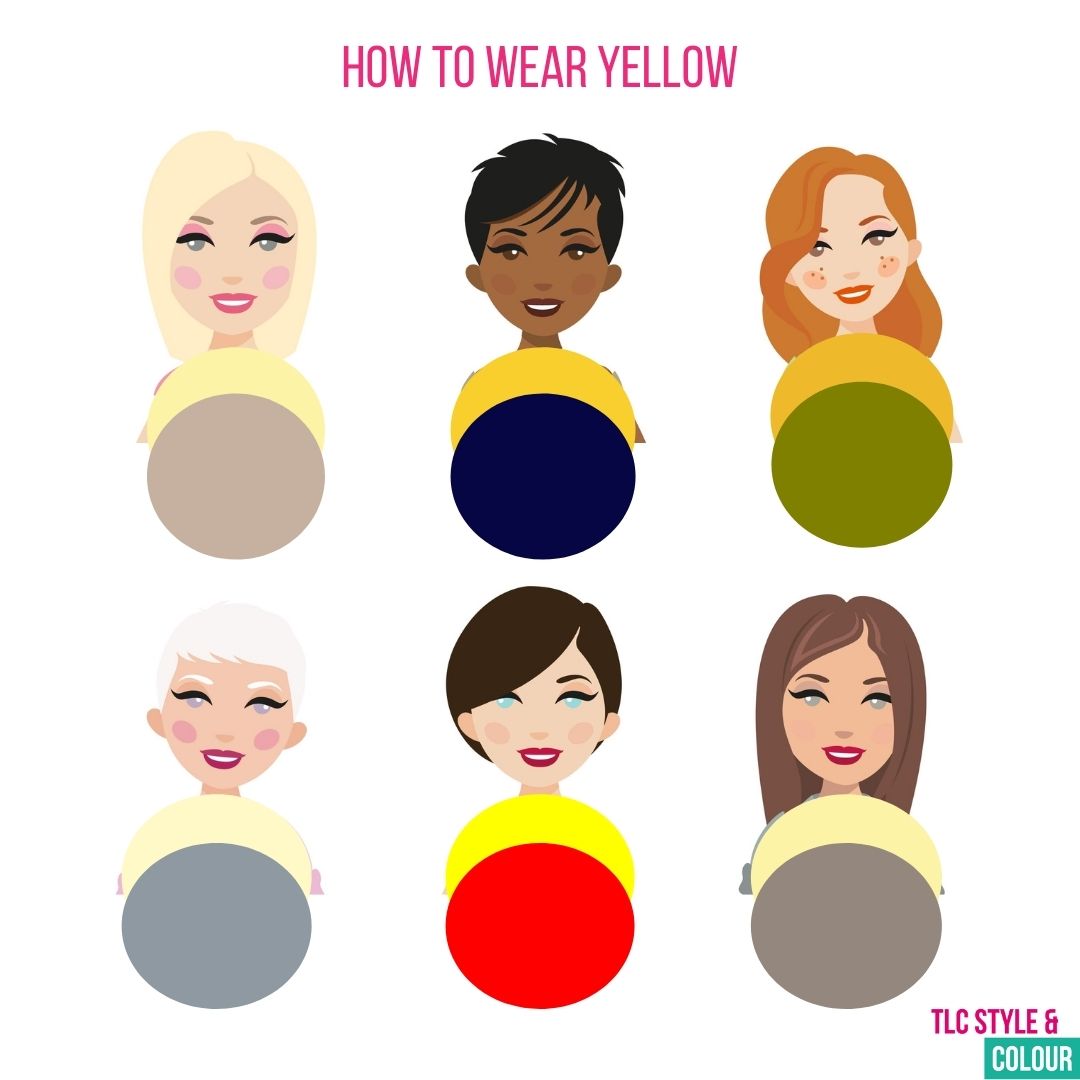
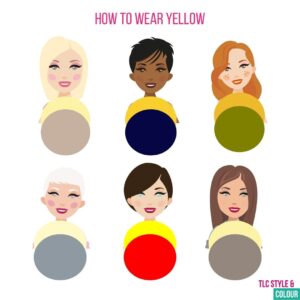 Lights: Keep your look light and delicate wearing with similar light and pale shades. Think light primrose or buttermilk and wear with taupe. Try and avoid overpowering colours and high contrasting combinations. If you have a warm undertone then you may find yellow easier to wear.
Lights: Keep your look light and delicate wearing with similar light and pale shades. Think light primrose or buttermilk and wear with taupe. Try and avoid overpowering colours and high contrasting combinations. If you have a warm undertone then you may find yellow easier to wear.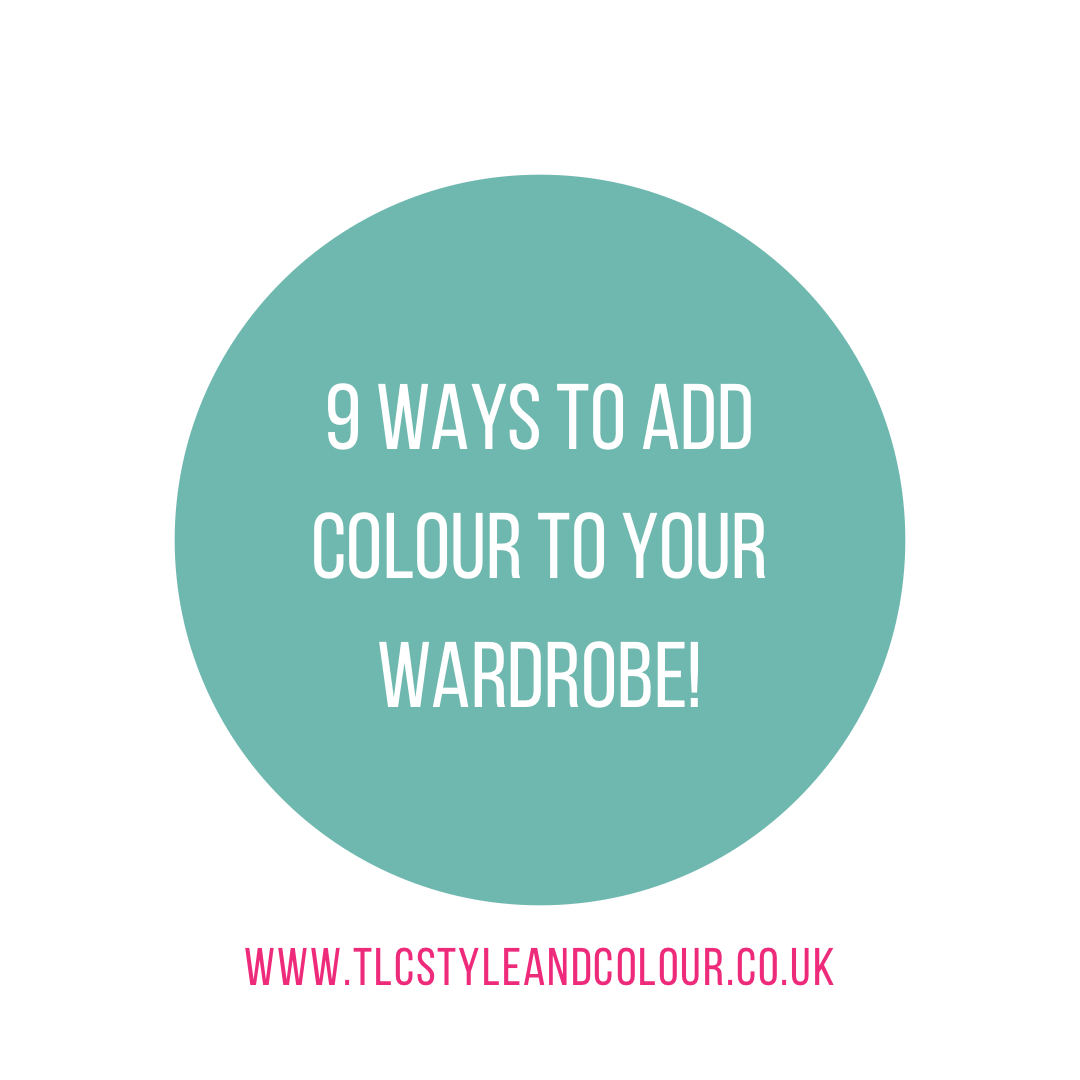
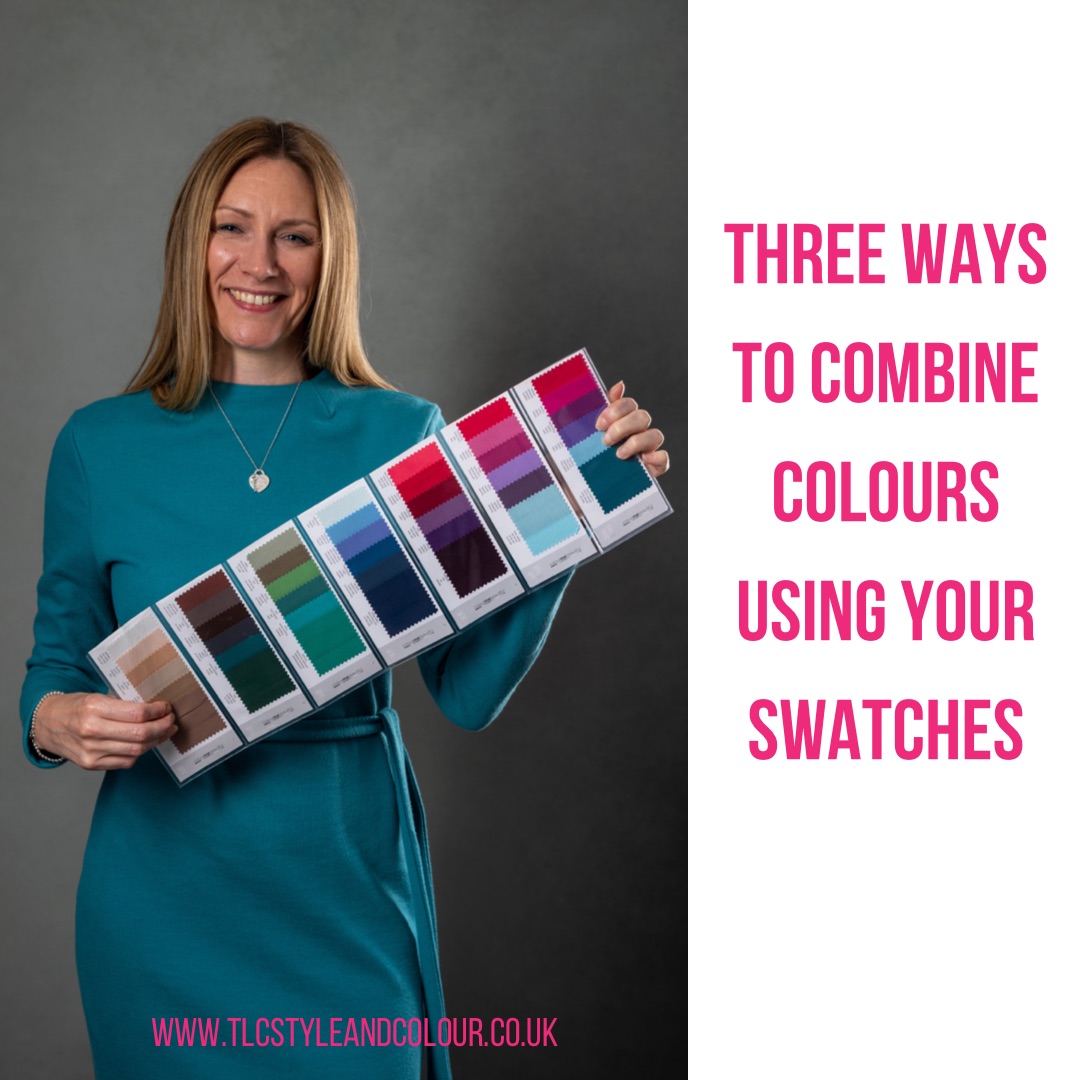
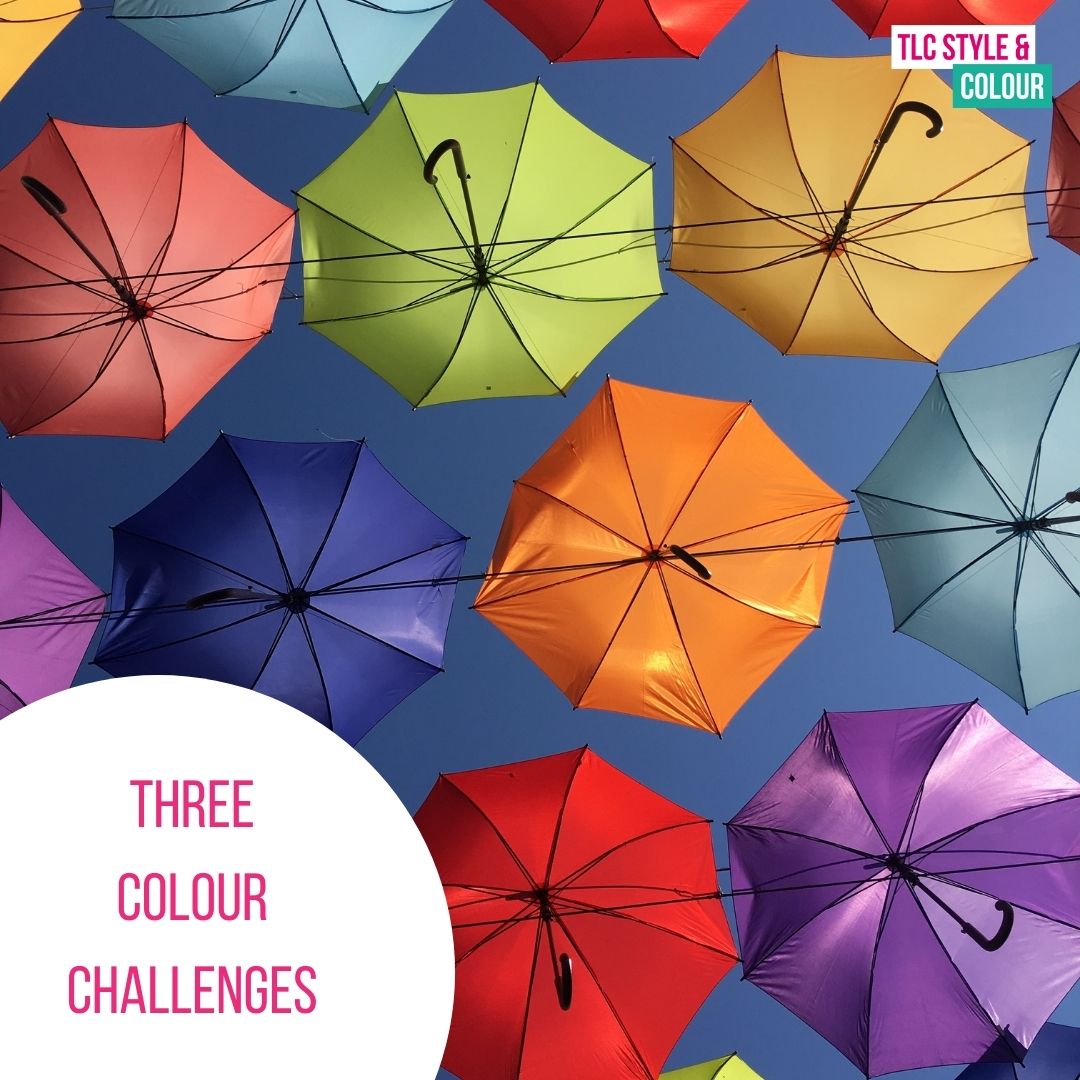
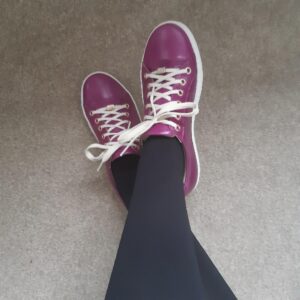 This is the easiest way to start experimenting with colour. So, if you’re either not used to wearing colour at all, or you fancy trying something new then this one is for you.
This is the easiest way to start experimenting with colour. So, if you’re either not used to wearing colour at all, or you fancy trying something new then this one is for you.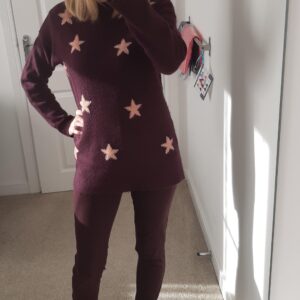 Your next challenge is wearing just one colour this time from top to toe. It could be a top and trousers or a skirt.
Your next challenge is wearing just one colour this time from top to toe. It could be a top and trousers or a skirt.